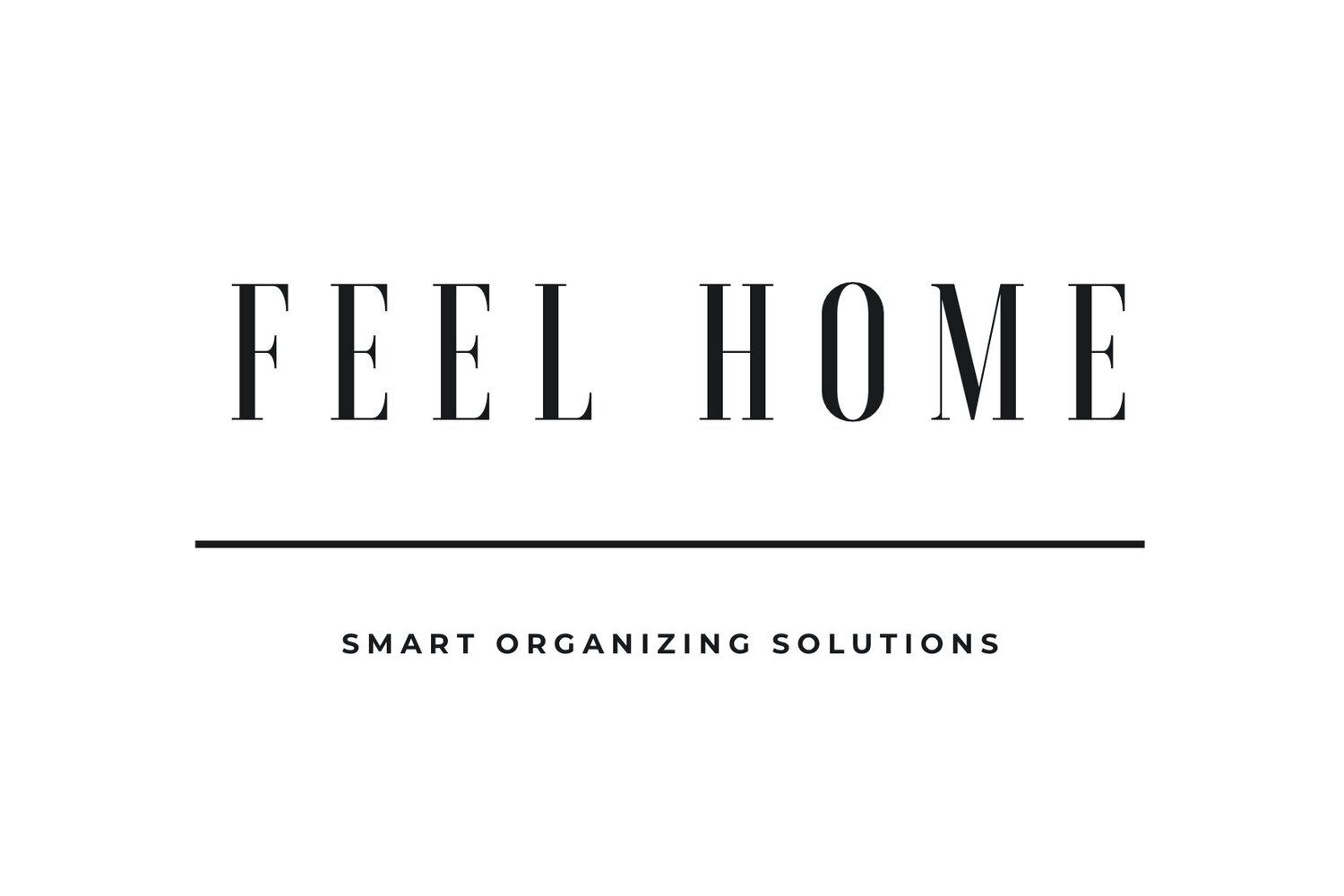HOW TO ORGANIZE PANTRY
Is your pantry just a jumbled mess and clutter? Do you have a hard time locating ingredients for your latest recipe? Do you spend way too much time guessing what needs to be replenished? If you answered yes to any of these questions, this post is for you… especially if you decided to tackle this project on your own. The option of hiring a professional organizer like myself will always be there BUT…maybe you don’t have the resources to do so, maybe you are more of a DIY person or possibly you are an organizing enthusiast yourself. I am going to walk you through the steps I follow when organizing the pantry for a client.
First, create a plan. Decide on the date and time based on the size of your pantry. I would recommend a half of the day if your pantry is a medium size. Hop on social media and get inspired. There are various fun accounts and websites with many ideas for pantry organization. Choose the style, colours and materials you like.
Go shopping for your containers and bins. I like to focus on glass, wood and other sustainable materials but it is totally up to you. It is a good idea to take some measurements, so when you shop you can easily choose among many different shapes and sizes. I also like to go through the ingredients and see how many I would like to decant and use the containers and jars for (count how many types of flour, nuts, pasta, etc. you have).
Take everything out of the pantry so you can clearly see all the items and the space itself. Sort out through the perishables and get rid of everything expired. This step is probably the most challenging as you can get easily overwhelmed by the sheer amount of food you have. But don’t you worry, it is a smooth sailing from now on.
Clean throughly all the shelves. Sometimes, I like using lining paper for underneath the liquids but it depends on what containers and turntables you picked. It is not always necessary.
Set up zones for baking, cooking, grab-and-go snacks, coffee and tea station and other areas that might suit your needs. It’s useful to keep similar items close to each other (oils, spices, flours, pastas…) and when putting your new containers and baskets back, arrange it based on how often you use them; for example if you are an avid baker, you will want to have your baking ingredients handy and on the other hand, if you almost never cook pasta, place the pasta containers farther back. If you like to be stocked up on cans and packaged items, it’s a good practise to keep the earliest expiration date closest to you. That way you prevent over-supplying with food and the items from passing their prime. This system takes a little bit of an upkeep but believe me, it’s so worth it. In terms of decanting, I personally love it. Not only will you achieve a clean looking uniform style to your pantry but keeping your ingredients and snacks in airtight containers will help last everything fresher for longer. You can use labels for simply stating what’s in the jar but more importantly for the dates of purchase or the expiry date. I love labels but when I don’t have them handy I reach for a Sharpie pen which writes smoothly on glass or acrylic but is easily removed with a single alcohol swab. Last but not least, consider moving some of your big bakeware, cookware and other oddly shaped items from the kitchen into your pantry, especially when you don’t use them as often.
And that’s it! When you put everything back, you can just marvel at the beauty of the smart organizing system you just put in place.
I hope you got inspired by this short plan and that the idea of pantry organization is not intimidating for you anymore. The main goal is to create a functional, flexible system that will work for you and the whole family and save you time every day. Please let me know in the comments your favourite tips and tricks for pantry organization projects!

